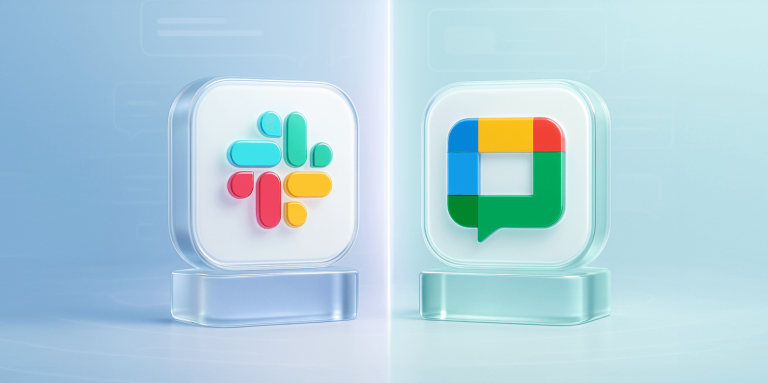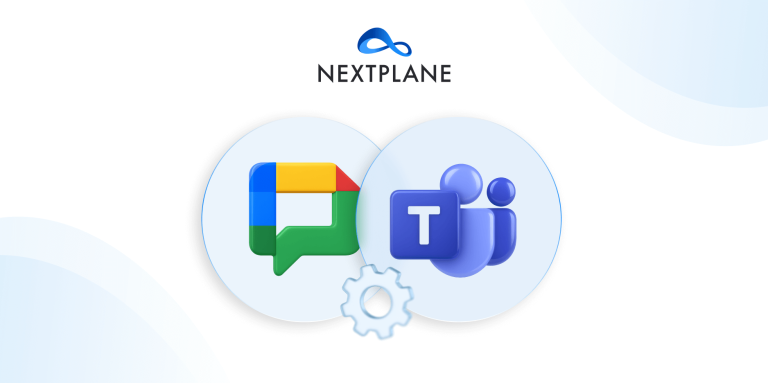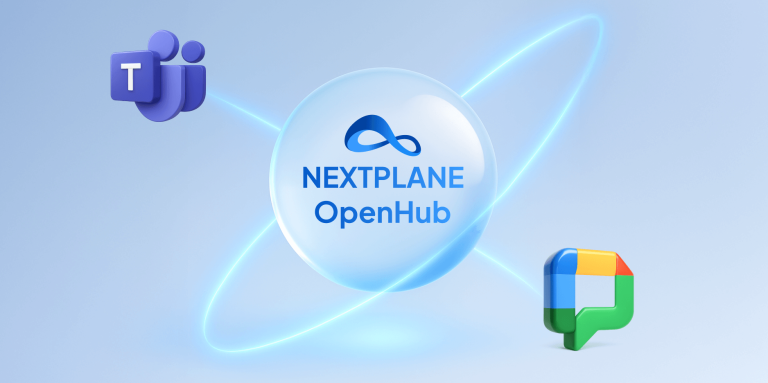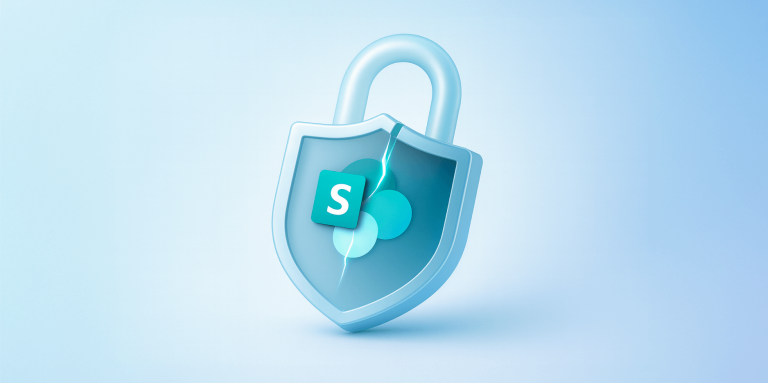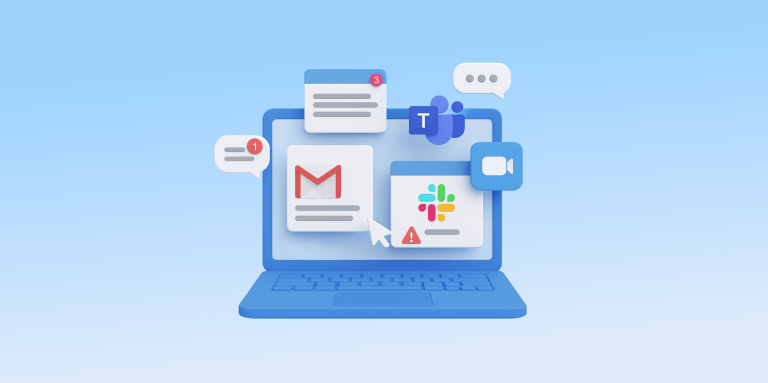Microsoft Teams vs. Cisco Jabber — Should You Upgrade?

Table of contents
- 1. Microsoft Teams vs. Cisco Jabber Features and Capabilities
- 2. Microsoft Teams
- 3. Cisco Jabber
- 4. Microsoft Teams vs. Cisco Jabber Security and Compliance
- 5. Microsoft Teams
- 6. Cisco Jabber
- 7. Microsoft Teams vs. Cisco Jabber Pricing Structure
- 8. Microsoft Teams
- 9. Cisco Jabber
- 10. Microsoft Teams vs. Cisco Jabber in the Future
- 11. Final Thoughts
- 12. With NextPlane, You can Connect. Any Team. Any Platform
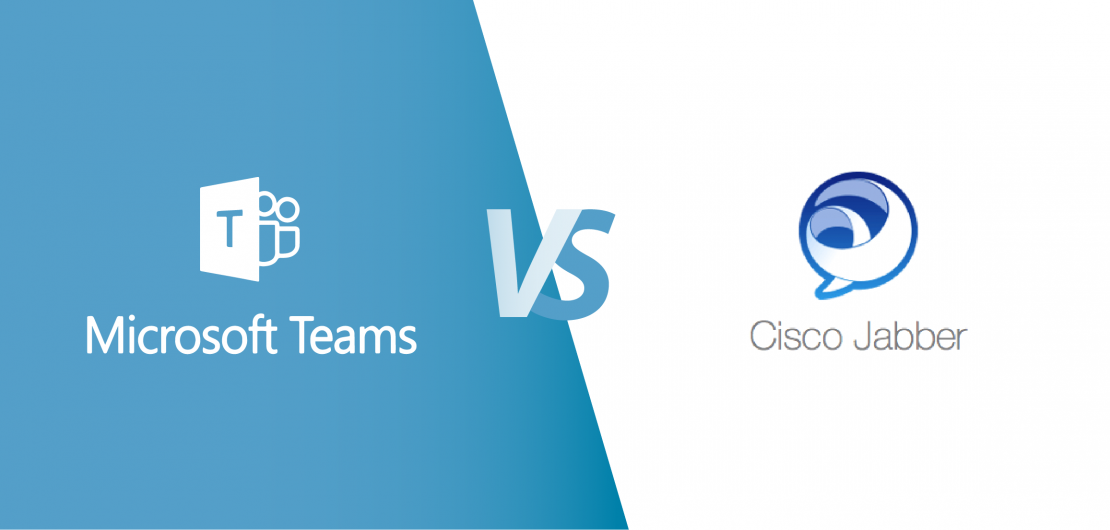
One thing that defines this era in IT is open collaboration. This phenomenon is characterized as the integration of communication channels to manage the day-to-day information overload better that organizations face regularly. Two of the key players in this space come from Microsoft and Cisco.Today, we’ll be conducting a side-by-side comparison of Microsoft Teams vs. Cisco Jabber, specifically, looking at everything from their features and functionality to how they price their services. Let’s jump right in.
Microsoft Teams vs. Cisco Jabber Features and Capabilities
When on the lookout for collaboration applications, both Microsoft Teams and Cisco Jabber offer a variety of features that can help streamline your business and make connecting with otherssmoother than ever before, whether you have a team of 50 or 5000.
Microsoft Teams
Calling: Calling capabilities in Microsoft Teams is powered by the Phone System technology available in Office 365. This supports basic system features like call answering and initiating through the integrated dial pad, call holding and retrieving, call forwarding and synchronized ringing, call history, voicemail, and emergency calls.
Chat: One of the core functionalities in Microsoft Teams is chat. Users can create multiple chat rooms or channels. And to help ensure chats are easier to follow, conversations are threaded, flow in a controlled manner, and routinely notify users of updates.
Video Conferencing: If you’ve exhausted all chat options and prefer face-to-face conversation, you can transition directly into video chats with other channel participants with just one click.Users can host 1080p calls with up to 250 team members, which allows you to share screens and record calls. You also have the option to collaborate on-the-go using other Microsoft Teams applications for smartphones and tablets.
File Sharing and Management: Since Microsoft Teams is built with SharePoint on the back end, managing files is a breeze. Capabilities span a file check-in and check-out procedure, workflow enhancements for document approvals, and a File Hover Cards feature that pops up and displays which activities are associated with which files whenever you hover the mouse cursor over them.
Multilingual Support: Microsoft Teams can support on-the-spot translation for messages and personal chats for over 60 languages via the Microsoft Translator, including English, Arabic, Chinese (simplified and traditional), Hebrew, and Italian.
Cisco Jabber
Calling: Like Microsoft Teams, Cisco Jabber lets you place calls right from your desktop, laptop, or mobile device, and transfer those calls without disruption. Users can even record or add others to the call, include a visual voicemail, and integrate video whenever they choose.
Chat: Instant messaging features in Cisco Jabber differ across devices. Whether you’re using your desktop or smartphone to communicate, the application offers user-to-user chat, screen capture, group chat, and screen-sharing functionality, as well as the ability to manage contact groups.
Video Conferencing: Users can experience all the benefits of high definition video with Jabber Video. Available in both cloud and on-premise options, Jabber video provides up to 1080p HD resolution scalable to up to 100,000 users (for large-scale virtualevents). Interactive webinars launched through Jabber video can accommodate audiences of up to 3,000 people.
File Sharing and Management: Up until recently, transferring files between Cisco Jabber clients was a supported feature, limited to peer-peer transactions. This made it impossible to transfer documents in group chats and chat rooms. Now, the Managed File Transfer feature allows for seamless file sharing between users in one-one, ad-hoc group, and conversations.
Multilingual Support: You can configure Cisco Jabber to support multiple languages. Currently, the platform supports 32 languages, including English, Arabic, French, German, Dutch, and Russian.
Microsoft Teams vs. Cisco Jabber Security and Compliance
If you’re shopping around for a collaboration tool and are worried about keeping your data safe, you’re not alone. A recent survey of popular online communication tools reported that 40% list security of their data as the primary concern about using a cloud-based environment.
Cybercriminals are working around the clock to target unprepared businesses and steal their information. And while the technology itself can be to blame for potential security breaches, more often than not, the culprit is human error. That’s why it’s more important than ever that organizations implement rules and policies that prevent these types of issues from arising.
Both Microsoft Teams and Cisco Jabber understand the strategic importance of security and offer plenty of features to help your business maintain data integrity and compliance.
Microsoft Teams
With Microsoft Teams, the sheer number of authentication protocols makes it nearly impossible for external and unauthorized users to gain access. This includes two-factor authentication or single-sign-on through its Active Directory. The platform also gives IT departments more control of their encryption protocols.
Microsoft built Teams to be fully Office 365 Tier-C compliant, covering essential standards like SOC 1, SOC 2, ISO 27001, and HIPAA. When it came to SOC 2 specifically, Microsoft shared, “SOC 2 is an auditing procedure that … securely manages your data to protect the interests of your organization and the privacy of its clients. ISO 27001 is a security standard that is intended to bring information security under explicit management control. It is one of the most widely recognized certifications for a cloud service. And today, we are proud to join the family of Microsoft cloud services in scope for SOC 2/ISO/IEC 27001.”
Cisco Jabber
Like Microsoft Teams, Cisco Jabber also prioritizes the security of data and compliance with regulations above all else. Users can feel at ease with Transport Layer Security, a protocol used to secure traffic and encrypt point-to-point messages.
According to Cisco Jabber, “We work collaboratively with your key personnel in cyber-security and risk management roles to define the initial set of Cyber-security Executive Metrics. Our experts educate your team on cloud security as related to current and future states, as well as business priorities.”
Microsoft Teams vs. Cisco Jabber Pricing Structure
Team collaboration services are sold under four different pricing models—free, monthly payment, annual payment, and quote-based packages.
While Microsoft Teams and Cisco Jabber both have plenty of overlapping features and functionality, a flexible and affordable payment scheme can often be the deciding factor for users on the fence. When looking at each application, which one will give you the most bang for your buck? It all depends on your goals.
Microsoft Teams
As of July 2018, Teams has become available to all Office 365 account holders, and Microsoft offers a free version of Teams. The free plan hosts up to 300 users and 10 GB of cloud storage, and team members can be categorized into separate channels that include audio and video calling.
For more storage, world-class security, and countless integrations with other Microsoft Office applications, the Office 365 Business Essentials Plan is the one for you.
If you want access to desktop versions of Outlook and Word and higher data caps, you have to pay $12.50 per user per month.
With the office 365 E3 Plan, you can install Office mobile apps on up to five Macs or PCs, five tablets, and five mobile phones per user.
If you decide on a monthly subscription instead of renewing annually, prices will rise accordingly.
Pricing Plans:
- Microsoft Teams Plan: Free (no-commitment)
- Office 365 Business Essentials Plan: $5.00/user/month (billed annually)
- Office 365 Business Premium Plan: $12.50/user/month (billed annually)
- Office 365 E3 Plan: $20.00/user/month (billed annually)
Cisco Jabber
Unlike Microsoft Teams, Cisco Jabber requires that you contact them directly for pricing details, making it tough to determine which ones will accommodate your budget and organization.
Designed to provide users with custom features, collaboration tools marketed under quote-based structures involve offering estimates based on a company’s requirements. This can be a hit or miss for prospective buyers as they get the opportunity to hand-select the features that would go with the system. However, some companies overcharge far more than expected.
If you plan on investing in software like Cisco Jabber, make sure you tell the vendor everything you expect the platform to deliver.
Pricing Plans:
- Cisco usually bundles Jabber with various SaaS and on-premises license packages.
- The Jabber for Everyone plan is 100% free for on-premises users under specific terms.
Microsoft Teams vs. Cisco Jabber in the Future
While Microsoft Teams is currently the fastest-growing Microsoft app ever created, Cisco boasts a significant customer base.
There are pros and cons to each application, making it tough to narrow down which one is best suited for your business.
The good news is that you can access Cisco Jabber directly from Microsoft Office to keep things running smoothly.
Final Thoughts
Forming a reliable network of unified communications is a science so precise, it borders on art. While there’s no one-size-fits-all approach, you can build a system that meets the unique demands of your business. This may mean instead of a Microsoft Teams vs. Cisco Jabber showdown; you might need the help of both.
With NextPlane, You can Connect. Any Team. Any Platform
Our recent survey shows 79% of companies are operating in a mixed collaboration environment, which can include legacy UC platforms such as Microsoft Skype for Business and Cisco Jabber.
NextPlane enables mixed collaboration environments to deliver the same seamless functionality as email; users can send messages, share presence status, participate in channels, or share files, without leaving their preferred clients.
By using NextPlane, companies with mixed environments, such as IBM, Merck, Nokia, and others, have reduced their total cost of ownership and administrative burden by 50%.
This video shows users on Microsoft Teams and Slack communicating as if they are on the same platform.
